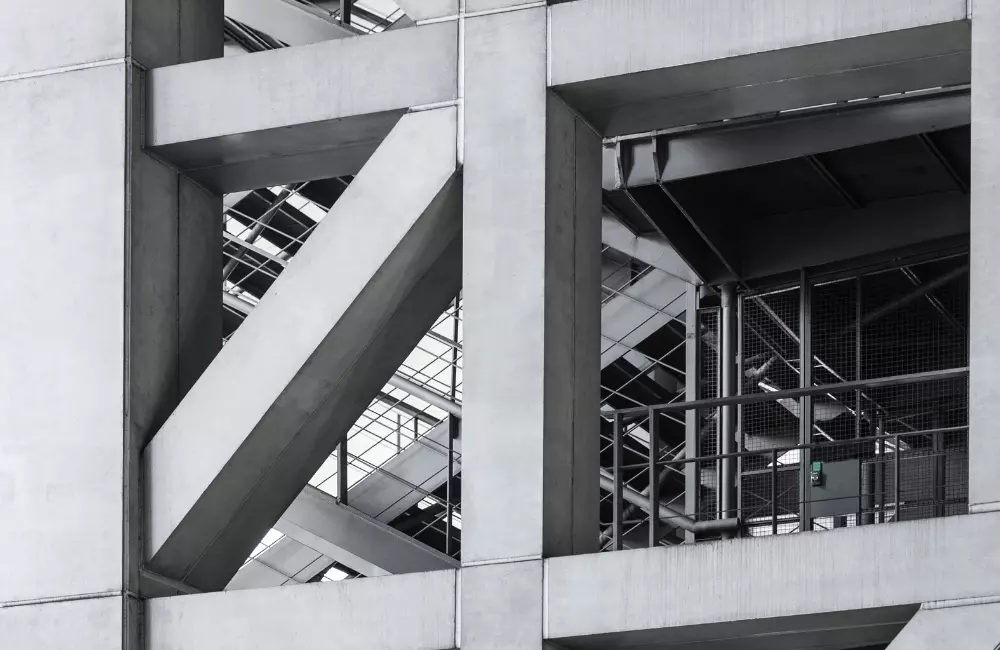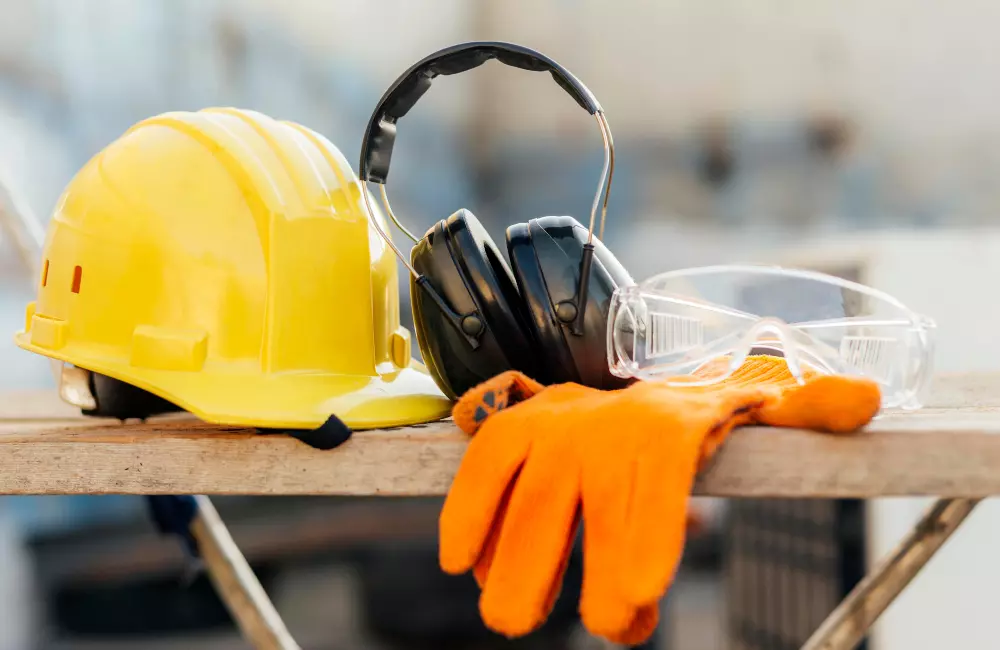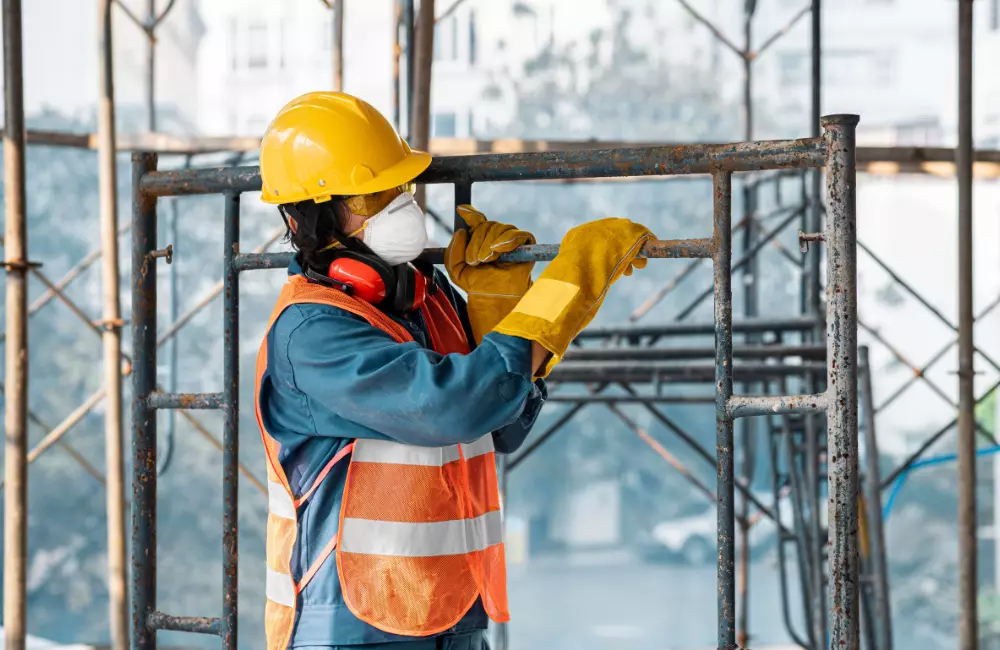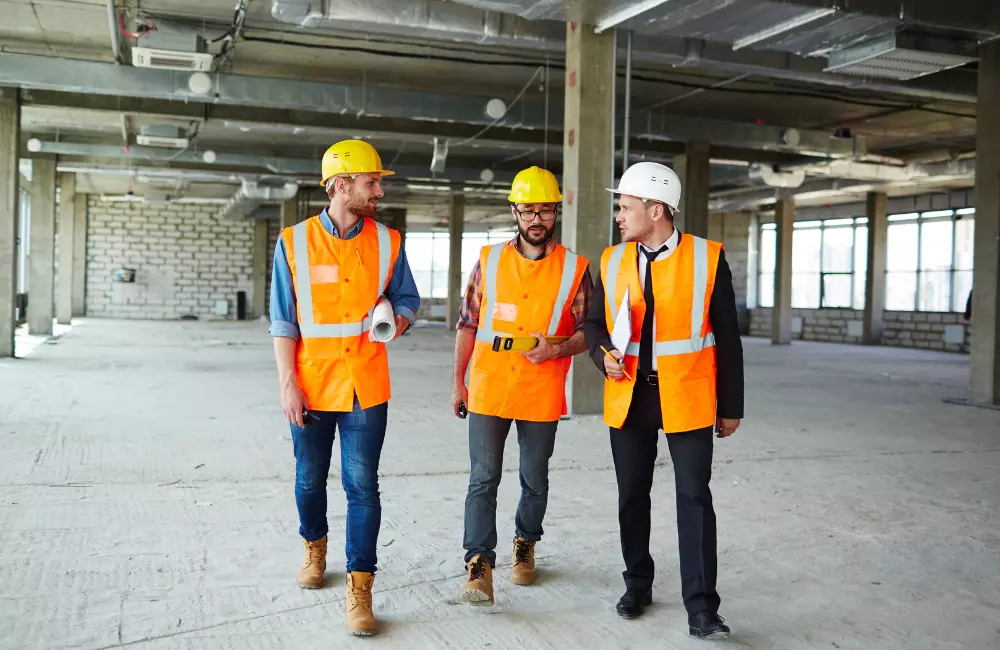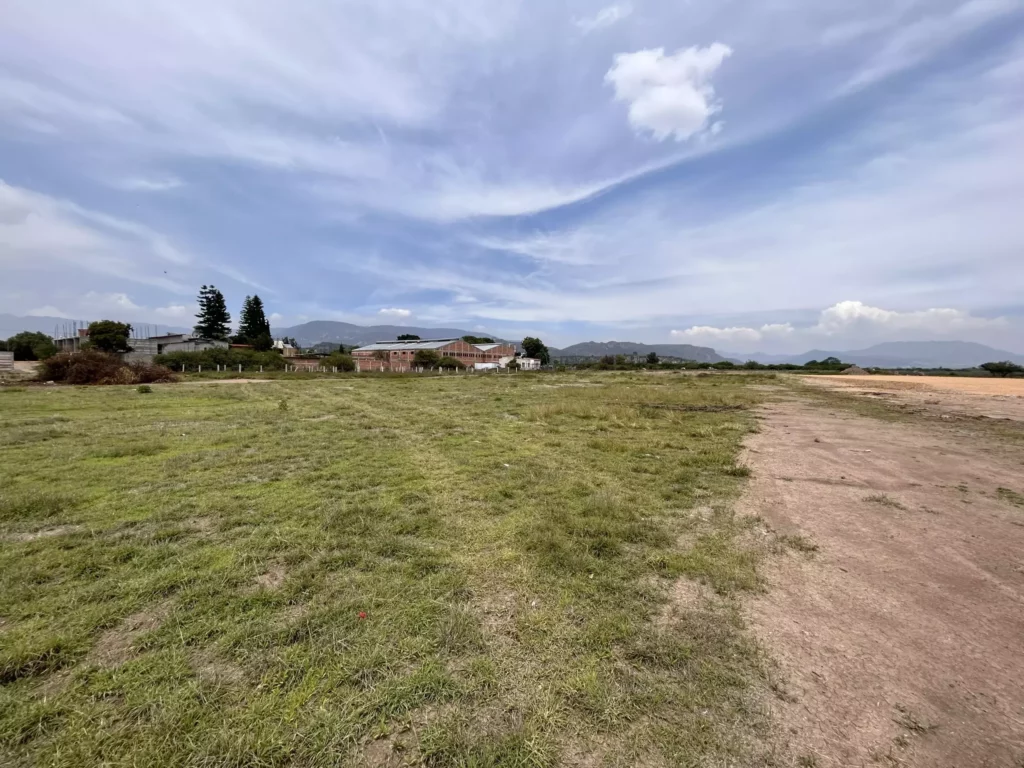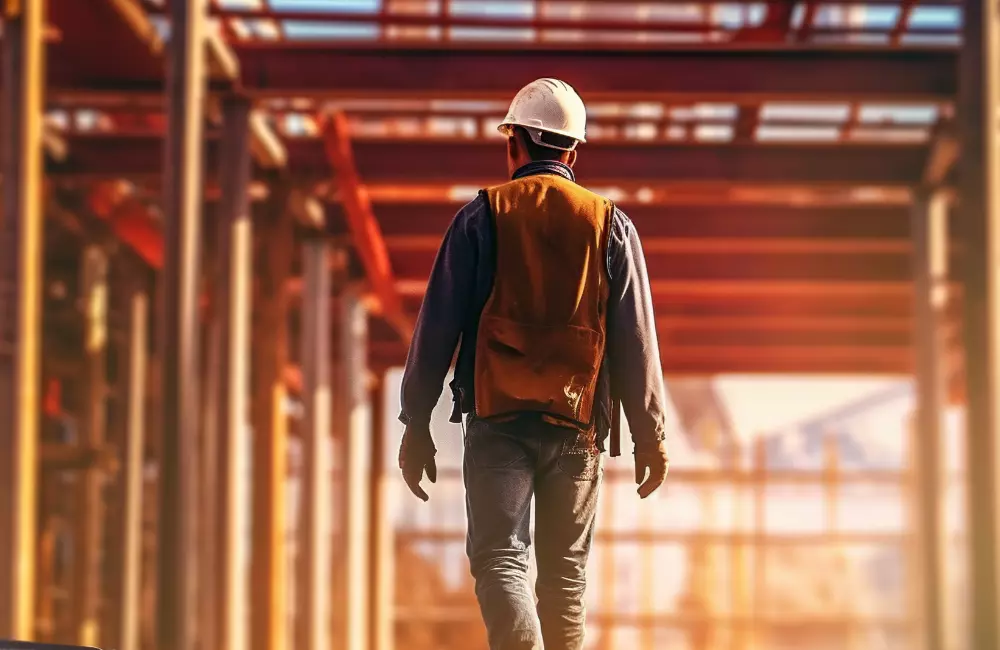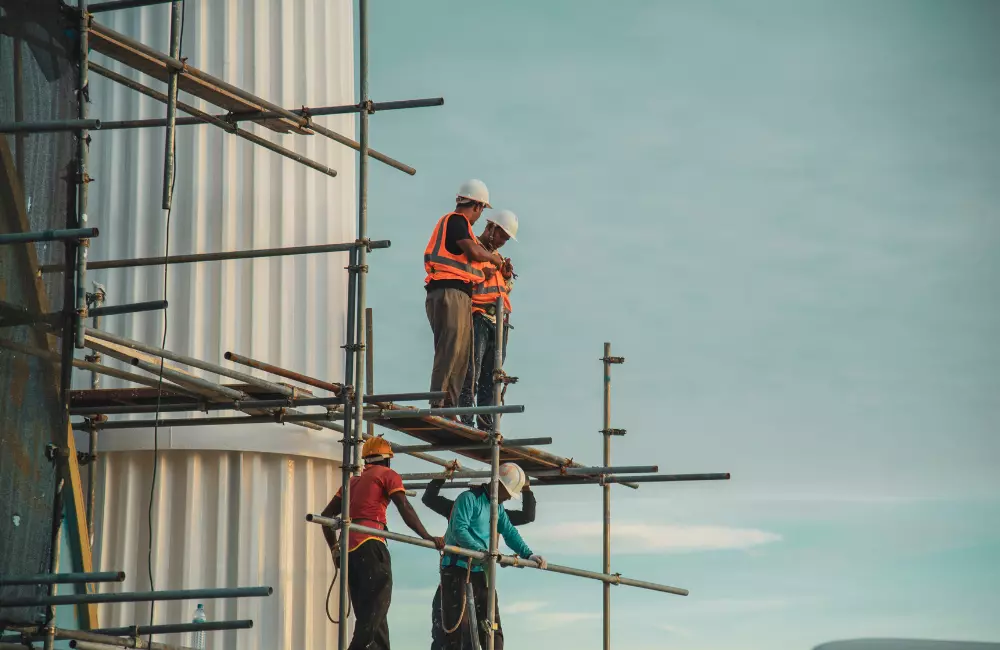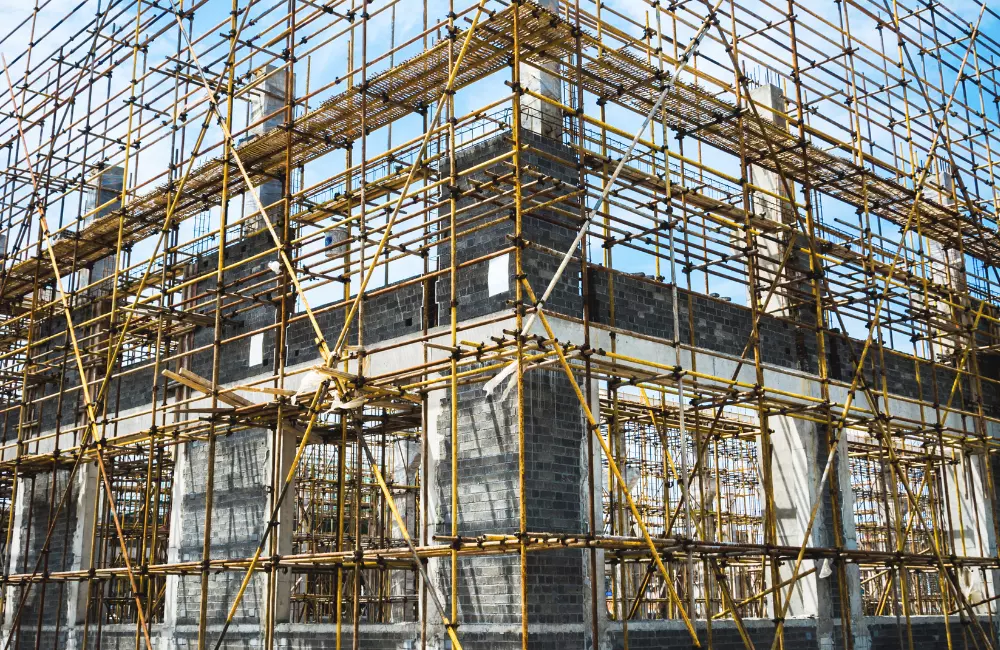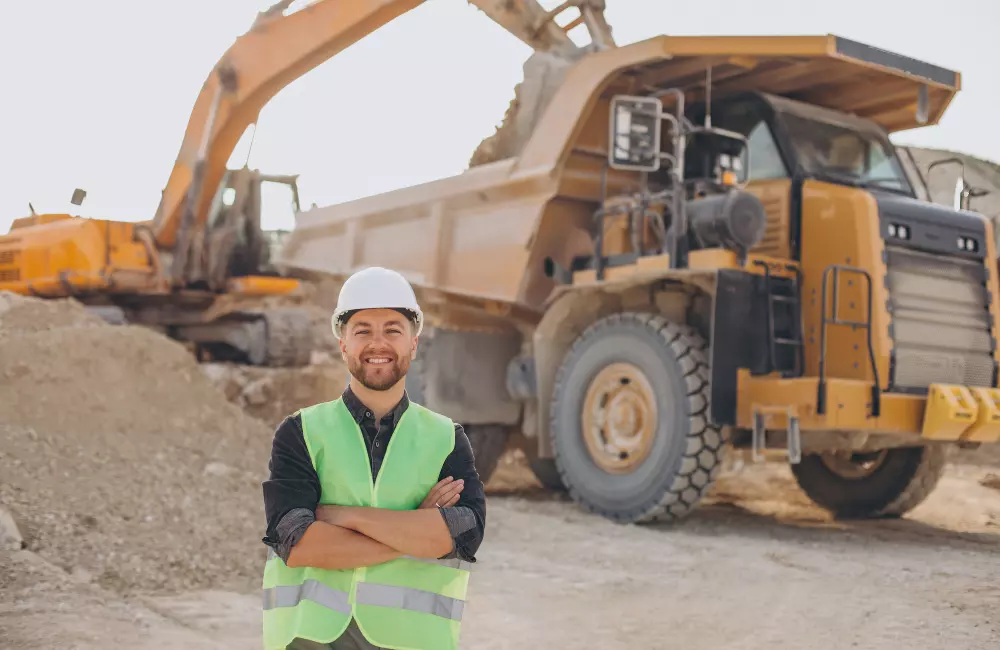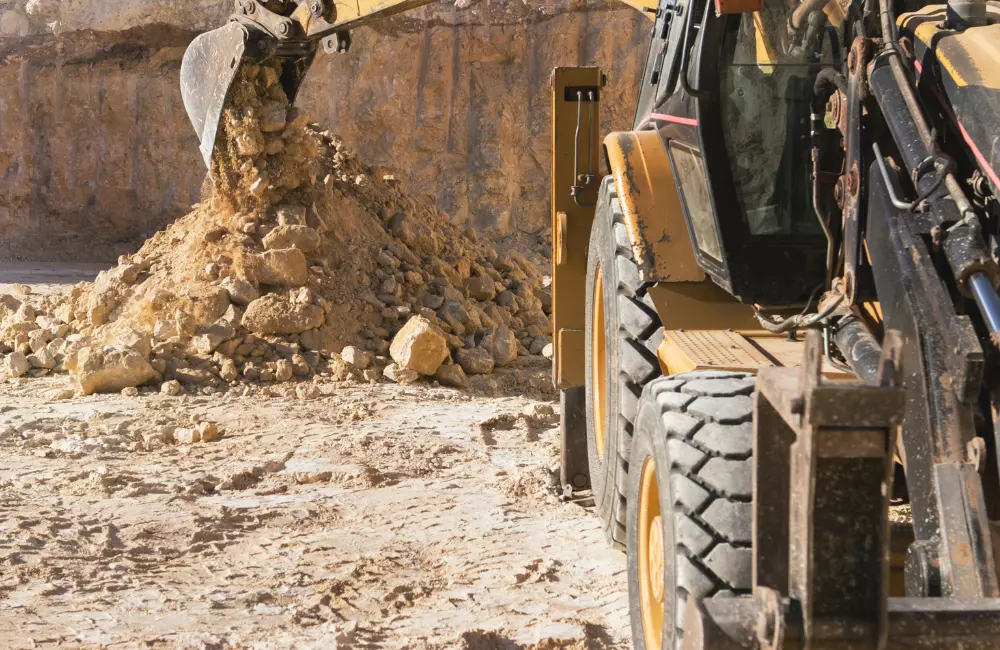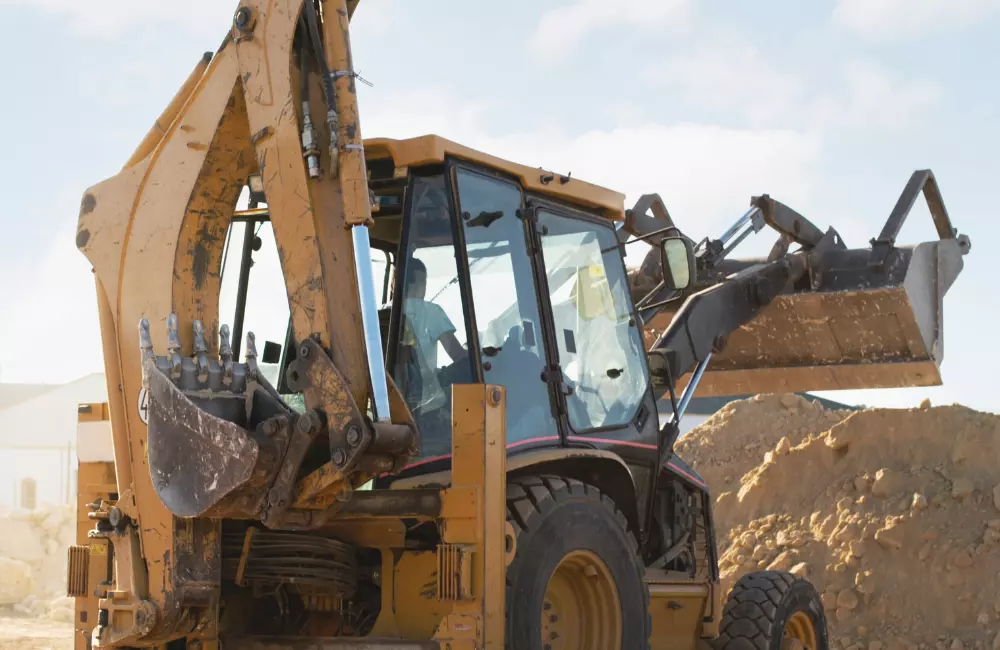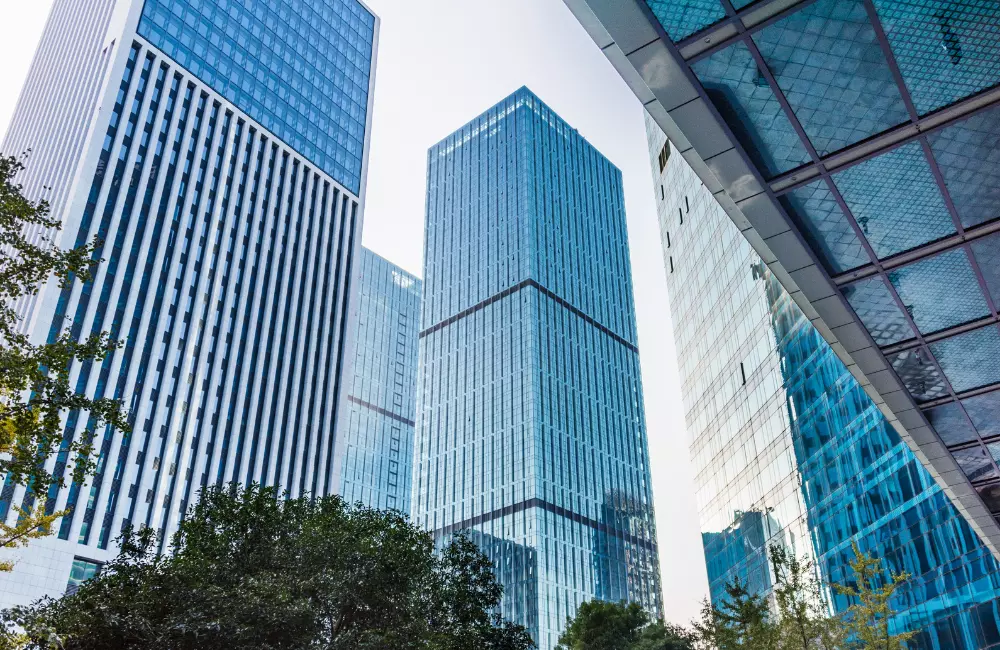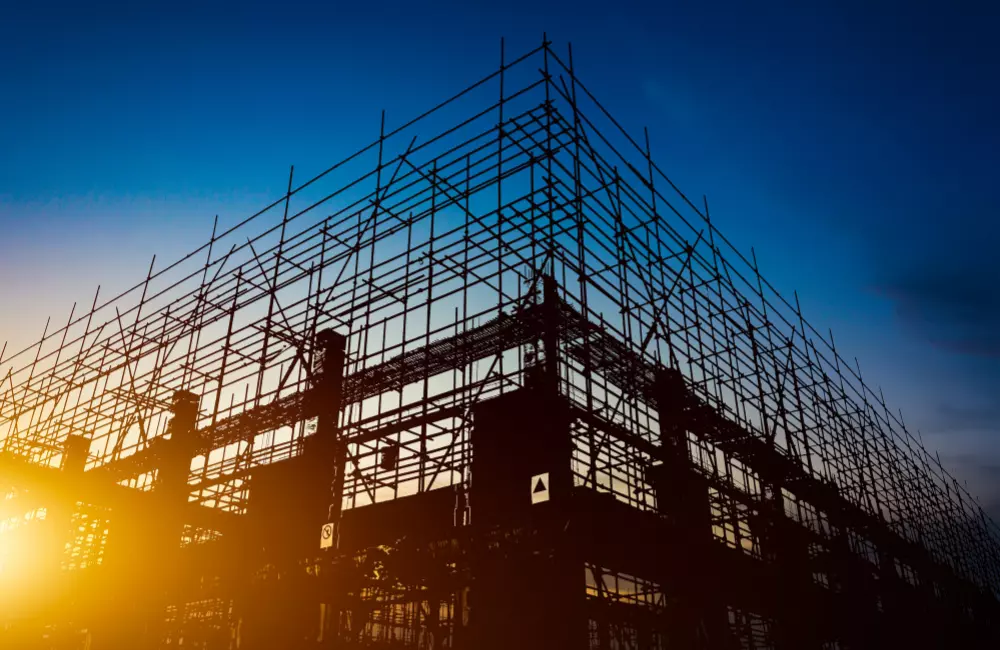
The year 2024 is just around the corner, people and their needs will not be the same as those of the year that is about to end, also, the advancement of technology and weather conditions, as well as the economy will present different characteristics. It is exactly the same in the field of architecture and construction, which seek to adapt year after year to these changes. That is why it is necessary to know about the trends for the coming year in the architectural field.
Undoubtedly, architecture and construction will be focused on the welfare of people and low environmental impact for the care of the environment, following this line some of the trends are as follows:
Micro living and greentecture:
Microliving is based on the idea that the square footage of the home does not define its value and functionality, its central location is what characterizes this type of housing, which is why especially young travelers, as well as investors, are those who prefer it. Greentecture is complemented by micro-living with a sustainable approach to urbanism, bioclimatic criteria, and self-sufficiency.
Biophilic design
A trend that incorporates nature in interior design will also be present in 2024. This will focus on the design of interior spaces that give the feeling of being outdoors, nature-inspired lighting, and inclusion of plants. To learn more about biophilic architecture read our blog BIOPHILIC ARCHITECTURE: THE NEW TREND IN REAL ESTATE DEVELOPMENTS IN OAXACA.
Industrial Style
It is defined by asymmetrical shapes in construction, both in residential buildings and in other urban infrastructures. It is characterized by the combination of iron, wood, aluminum, and even recycled plastic, which reduces construction costs.

Domotic architecture
Technology will be present in buildings and homes since alternatives to control temperature, light, or building security are increasingly in demand. This type of architecture is an excellent economic and environmental option, since in addition to making certain activities more efficient and reducing energy consumption, which has a positive impact on bills, it is also the result of raising awareness of responsible consumption.
Floors, walls, and more
These parts of the buildings will be protagonists of architectural design in 2024, betting on ecological options, as well as designs in marble, imitation wood, clay, coatings in textures and colors of the new minimalism, which now goes beyond black and white, or polished cement.
Kitchens will also be given greater importance, their design will focus on spaciousness and connection with the dining room and living room, as well as the installation of a central island and breakfast bars.
If you are interested in receiving advice on the design of your new project, write to info@silmexico.com and receive personalized advice on the development of your new real estate project.
